When “Irangerd” became more spectacular with “O Iran”/ the story of a good choice! – Mehr news agency Iran and world’s news
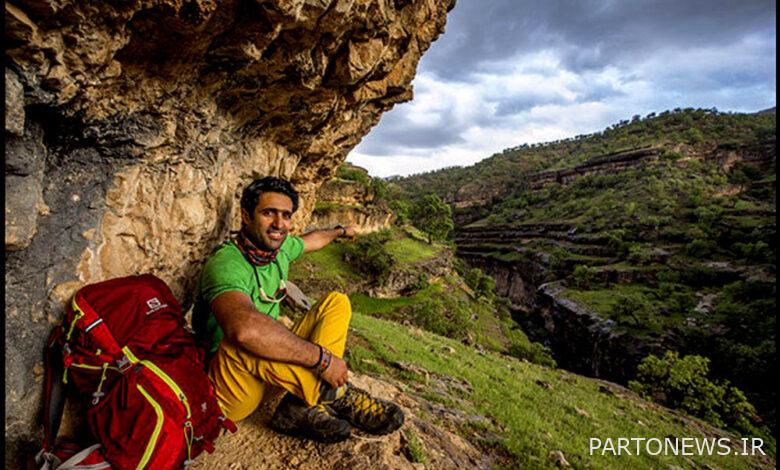
Mehr News Agency – Art Group – Alireza Saeedi; The function of the title is something similar to a book cover, whose designer tries to inform the audience of a work by selecting elements, forms and arrangements with the help of graphics and music. A situation that is sometimes presented to the audience in a very careful, thoughtful and calculated way, and sometimes it is made so coldly and based on the performance of a mandatory task that it alienates the viewer from the basis of a visual work.
What became an excuse to once again return to the keyword “credits” is a review of the most lasting and memorable music related to some programs and works of cinema and television, which for many audiences include bitter and sweet memories, and referring to them again for us in Any situation can bring a world of memories. The memory game, after its launch and publication in Nowruz 1400 and the audience’s acceptance of it, prompted us to entrust our souls and minds to it in the form of a weekly memory game on Fridays every week and from its passage to the years when we are better than these days. It was troublesome, let’s go.
“Memory of Lasting Titles” is the title of a series of archival reports with the same approach, which you can follow on a weekly basis in the Art Department of Mehr News Agency.
In the 180th issue of this media narrative, we went to the final music of a series whose story of the birth of title music is much different than what has been narrated so far in the field of long-lasting title music. An inspiration and a smart use of a valuable and lasting music as the ending title music of a successful documentary called “Irangerd” which is now being prepared for the sixth season to be broadcast on TV.
The documentary whose end credits music became an excuse to take a historical look at one of the most important and valuable melodies related to national-patriotic themes that have remained immortal in the history of the culture and art of this land and contains so many values that Javad He persuaded Qaraei and his companions in the documentary “Irangerd” to use other melodies related to the music of Iran’s regions in different parts of the program, and often choose this melody for the end credits of the series, so that this documentary becomes more attractive and spectacular for the audience. .
The enduring piece “O Iran” by Shahr Hossein Gol Gulab, composed by Ruhollah Khaleghi and voiced by Gholam Hossein Banan is without a doubt one of the few national-patriotic anthems that has stuck in the minds of the listeners and many people even know it as the unofficial anthem of the Iranian people. It contains many values that were registered in the list of national works of our country in May 2016 with number 1395.
Although it contains different stories, this piece continues to be broadcast as one of the most popular patriotic anthems in various radio and television programs, among which the title track of the documentary series “Irangerd” is produced and narrated. Javad Garai pointed out.
About the “Irangerd” project, it is a television documentary in which the nature and way of life in nomadic areas, villages and different geographical regions of our country are introduced in a different way; The way in which the director tried to present a pure and rarely seen effect to the viewers by using different framings, presence in pristine areas, audible melodies and other different components.
Viewers who had previously watched different interesting documentaries about nature through the late Mohammad Ali Inanlu and the late Ismail Mirfakhrai’s programs, and now they were waiting for the young Javad Qaraei to make an attractive program about nature and climate after his experience and life in the field of tourism. May Bakr Iran put the land in front of them.
The expectation that really came true and was so successful that the senior managers of the Broadcasting Organization still insist that different seasons of this program be prepared and produced.
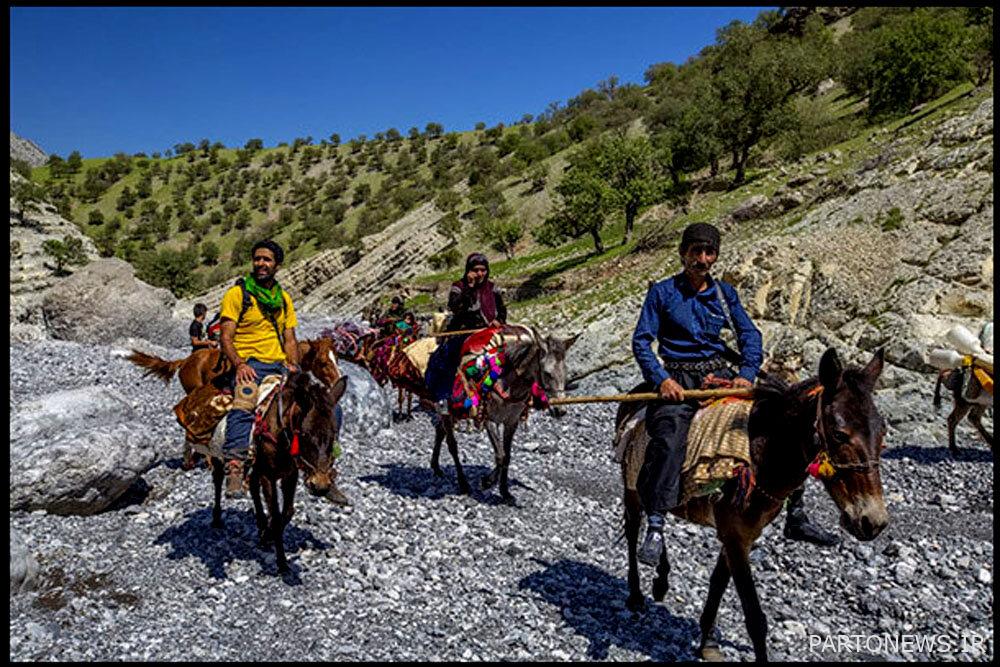
The first season of Irangerd documentary aired in 2009 to 2011, the second season from 2012 to 2014, the third season from 2014 to 2017, the fourth season from 2018 to 2018, the fifth season in 2011, and future seasons of this series are still being produced. And filming. In addition, titles such as the most popular Iranian documentary collection and receiving the best documentary award from the first festival of Nowruz TV programs are also among the successes that have been achieved after different parts of the program.
But one of the important and important components that Javad Garai focused on as the first person of the documentary “Irangerd” is the use of melodies and music that he pays attention to in each program according to the climate he travels to.
The music that is used every once in a while in the title music of the program using ritual and local songs of different regions of Iran and it can be mentioned as a valuable tribute from a program maker team to introduce noble and unassuming artists of the music of Iran’s regions. .
But the component that apart from these circumstances, in the main ending title music of the collection gave a more attractive atmosphere to the collection, a different color and flavor than a title music using the lasting piece “O Iran” whose creators definitely did not even think that this music in addition to Other lasting benefits and features that could become the end credits music of a documentary series due to the creativity of a documentary maker.
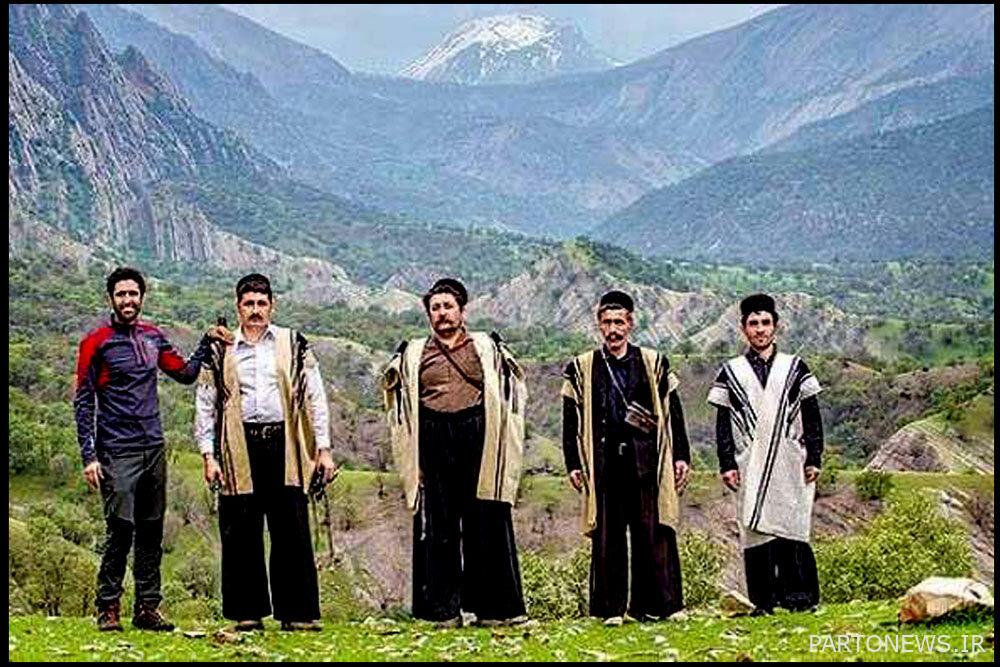
Although there are different narratives about Iran’s anthemic history, the late Rohollah Khaleghi, the composer of this work and one of the pioneers of Iran’s national music, who rendered valuable services in this context, Javad Qaraei tries to use the piece “O Iran” for the final frame of his documentary with an intelligent and detailed look at what he presented to the audience in the frames of the Irangerd documentary. A frame that after the show of the beauties of dear Iran, is a pleasant and exciting conclusion in the eyes of TV viewers The famous book “History of Iranian Music” has written about the background of this anthem: “At that time, our country was occupied by British, Russian and American forces, and the Second World War was still going on. There was no national demonstration because the situation was not ready, but the song and lyrics of this anthem strongly aroused national feelings, and especially in front of the foreigners who were in that assembly (the first performance of the anthem), there were more demonstrations by the Iranians, and it was the first indirect blow to the army. Foreigners who were our uninvited guests were beaten.
In another story, it is also narrated that one day Hossein Golgolab, on his way to meet Ruhollah Khaleghi in the street, witnessed a fight between two Iranian and British soldiers, in which the British soldier slapped the Iranian soldier who had a higher rank than him. And the Iranian soldier does not show any reaction due to the conditions when Iran was under occupation. Seeing this scene, Golgolab visits Khalegi with tears in his eyes and tells the story.
He says: “I will write a poem so that Iran and the Iranian spirit will survive in it.” Ruhollah Khaleghi also says that I arrange the song for it and Gholamhossein Banan who was there also says that I also sing this poem and song.
The late Hossein Gol Gulab also narrated the background of this musical work: “In 1944, in a situation where the boots of the occupying forces were shaking every patriot, I came up with the idea of this poem. Then Professor Khaleghi wrote the music for it and against all the political resistance, this song found its way to the hearts and souls of the people.”
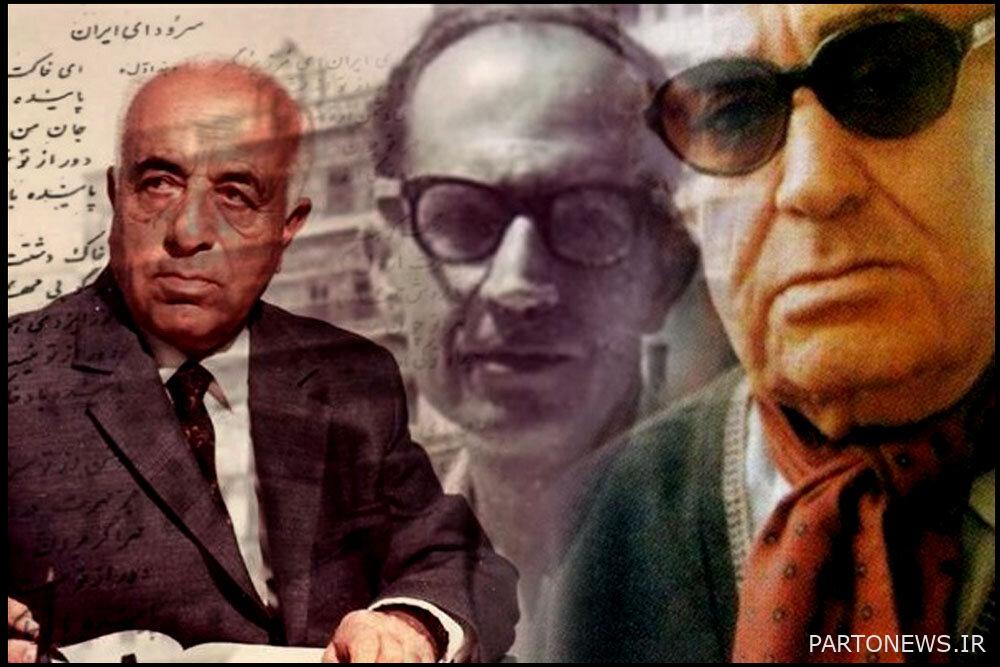
In another history, it is mentioned about the piece “O Iran”: “The first performance of this piece was held on 27 October 1323 in the military primary school hall of the military college with the voice of Gholam Hossein Banan and under the direction of Ruhollah Khaleghi on Istanbul Street in Tehran for 2 consecutive nights.
The song “O Iran” was so effective that the listeners asked to repeat it. The reception and impact of this hymn made the then Minister of Culture invite a group of musicians to the sound broadcasting center to record a page of it and broadcast it on Tehran Radio every day. Another performance is related to the years 1337 to 1342 in the famous program “Gol Ha” where Gholam Hossein Banan sang this hymn.
In 1350, the radio opera of this hymn was performed in cooperation with the National Radio and Television Orchestra of Iran, conducted by Farhad Fakhredini and sung by the late Esfandiar Karabagh. This was despite the fact that later and after the re-production of this work with the voices of the late Hossein Sarshar and Rashid Watan Dost, many prominent singers of our country’s music also used this piece as their last and most popular single in their concerts and musical programs.
Of course, it is worth mentioning that in 1369, Golnoosh Khaleghi, the son of the late Ruhollah Khalegi, who came to Tehran for the 25th anniversary of his father’s death, re-arranged this hymn for orchestra, singers and group vocals, parts of which are The singing of Rashid Watan Dost was presented to the audience in the album “May Nab” by Soroush Publications. A song that can never be easily surpassed from its valuable and solid position as one of the most lasting and beautiful national-patriotic works produced in our country.
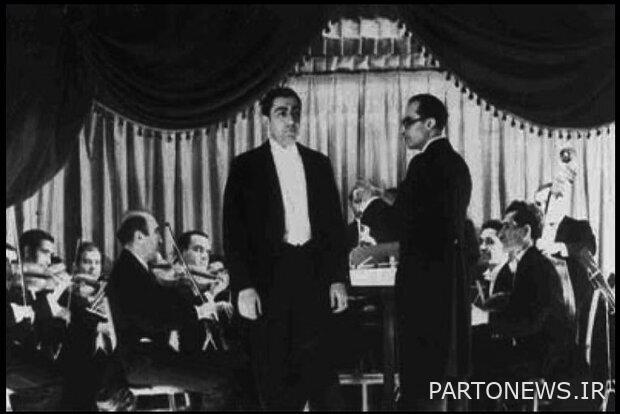
Farhad Fakhredini, a composer, musician and the first leader of the National Orchestra of Iran, not long ago, in an interview about the musical reasons for the longevity of the anthem “O Iran”, unlike many anthems that were created with similar motives, emphasized: one of the authorities in Iranian music is the nature of the audience. It is Iranian, it is a passionate position. Dashti singing in this device is very popular among Iranians. Many of the songs in Iranian music that have a folkloric and local aspect are also composed in the state of Shoor and Dashti. At that time, some believed that an epic work could not be made on the authorities of authentic Iranian music. For the first time, Colonel Waziri composed the song “O Vatan” in a plain. Mr. Khaleghi was also a student of Khalaf Colonel Waziri… In music education, they first teach the student the position of passion, because they know that this position has penetrated into the fabric of the student’s existence without him knowing it. Iranian people are familiar with these words without knowing it.
He believes: Ruhollah Khaleghi realized that when he wants to talk about Iranian identity, he should use the music belonging to this land. Consider that this work is supposed to be done in Mahor position. Mahor, which is the major in western music, also exists in other countries. Of course, that position is also good, but passion among the people of Iran is more effective, because the native music of our nation. This attention also made people to be able to hum the melody of this work to themselves and very soon they were able to learn this hymn and put it in their memory.
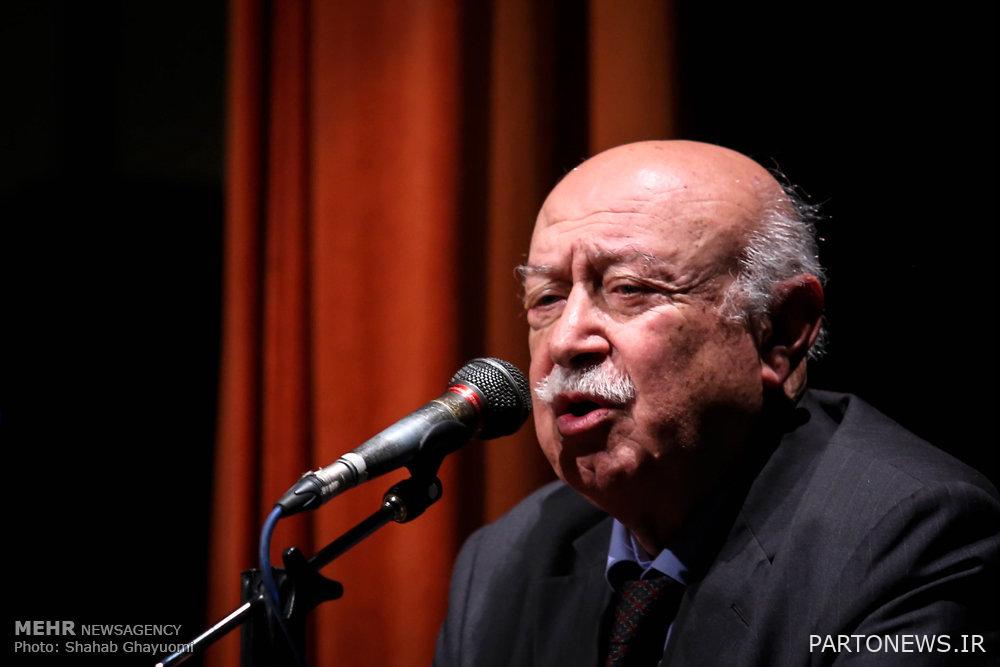
Fakhredini, whose every point of view and speech in the field of music can be an important proof and evidence to confirm or deny a musical work, it was in this interview that he explained about the experience of performing this lasting piece of music several times in orchestras, especially the National Orchestra of Iran: Since when this anthem Arranged and performed in an orchestra, people did not stop. In every concert we were going to perform, they wanted this piece Farhad Fakhredini: Since this hymn was arranged and performed in the orchestra, people did not stop. In every concert we were going to perform, they wanted to hear this piece and sing along with the singer. In the end, they came together and accompanied the orchestra and the singer and shed tears of joy. listen and sing along with the singer. In the end, they were ecstatic and joined the orchestra and the singer and shed tears of joy.
He added: The interesting thing about this anthem is that everyone stands up to respect it and no one sings it while sitting. During the concerts, we perform various pieces, but never for any piece except O Iran, this kind of thing happens from the audience. So when a piece like this is so popular, it’s a mistake to touch it. Such a work with such a wide impact has been recorded as a legacy in the memory of the people of Iran over the years.
Shahram Nazeri, Shavalieh Avaz Iran, has also said about “O Iran”: Dashti is located in the fifth degree of shor in terms of style, and Khaleghi’s look at the composition of the ballad “O Iran” by using the device of shor and the corner of Dashti indicates that the composer It aims to present a musical work with a national theme by expressing the epic, creating a sense of pride and at the same time sadness and sorrow for the sorrows that have befallen the homeland. The presence of Ostad Banan in the triangle of artists presenting “O Iran” is also the presence of Moghtanami.
In another part of his speech, while pointing to the distinguished features of the late Benan’s voice in the field of singing, he explained: this famous singer who knew the subtleties of Iranian music very well, had such an impact on Iranian music throughout his career that many claimants are left with longing for his impact. . Perhaps we can consider reading “O Iran” as one of the milestones of Ostad Banan’s career, he beautifully portrayed the beautiful words of the rose flower with a warm and pleasant voice.
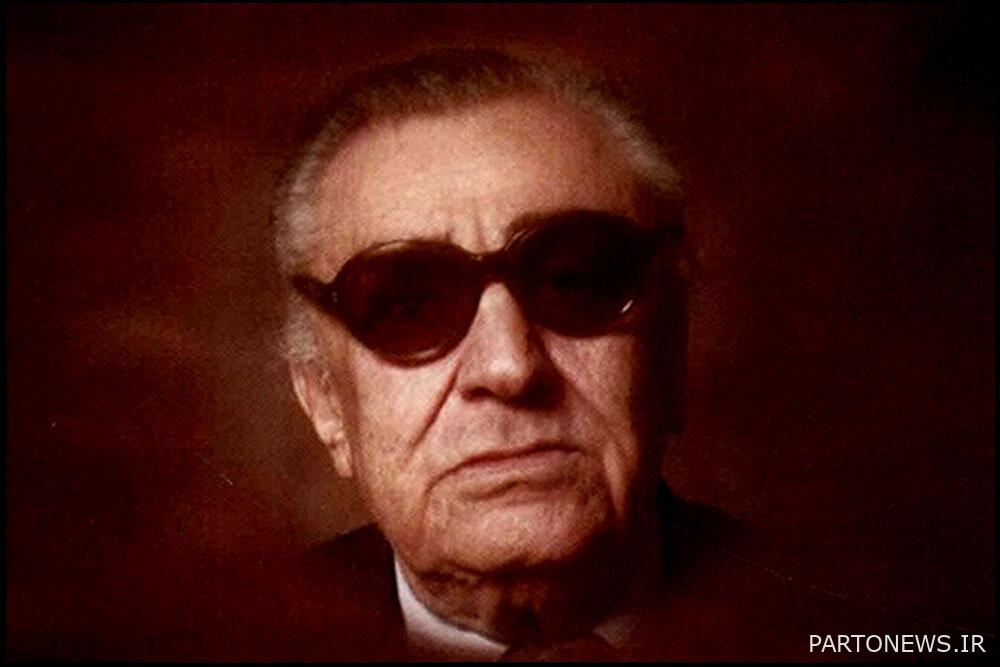
In any case, the broadcasting of the series of “Irangerd” documentaries in these few years and the use of Javad Garai’s lasting piece “O Iran” for the end credits music of this documentary series, includes a passionate and patriotic feeling, which, due to the golden triangle of the rose, Khaleghi and Banan were created and so beautiful and strong were placed in the archive of lasting works of Iranian national music.
The music that includes the features of friendly Iran to such an extent that dozens of years later, Javad Garai, a documentarian, has tried with an intelligent and insightful look, in addition to what he presented to the audience in the documentary frames of “Irangerd”, from the piece “O Iran” for Use the final frame of the document. A frame that after the show of the beauties of dear Iran, is a pleasant and exciting conclusion in the eyes of the audience and television viewers.

